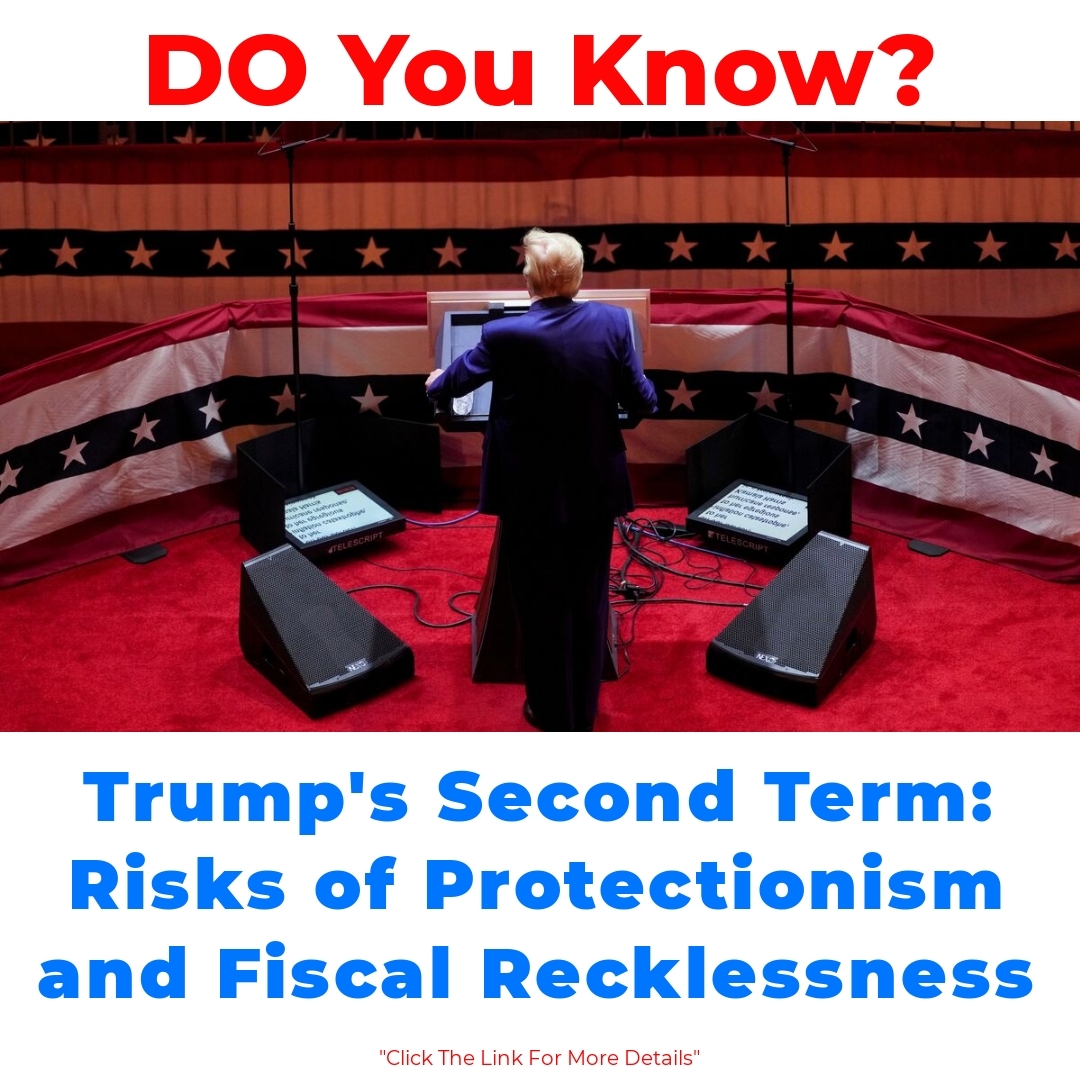Donald Trump’s political rise has made him a significant figure in American history, particularly with his potential second presidential term on the horizon. This article explores the economic challenges we may face during the Donald Trump second presidential term, delving into topics like trade policies, fiscal discipline, and demographic impacts.

The Economic Landscape Under Trump
During Donald Trump’s first presidential term, the economy saw some notable changes driven by his distinct economic policies. Trump implemented tax reforms that aimed to stimulate growth, cut regulations, and promote American businesses. However, one of the most prominent aspects of his administration was his approach to trade, characterized by extreme protectionism. This policy involved imposing tariffs on various imports, which aimed to protect American industries but also sparked trade tensions globally.
Looking forward to a potential second presidential term, we can expect shifts in trade policies once again. Trump’s inclination toward extreme protectionism raises numerous questions about international trade dynamics. For instance, tariffs on essential goods could be reintroduced or increased, which may disrupt existing trade agreements. In particular, U.S.-Canada trade relations stand to be affected significantly, as both nations rely heavily on each other for various essential commodities. By revisiting these trade policies, Trump might create a landscape where American products get favored status, but at what cost to global relationships?
The Concept of Negative Population Shock
Another critical concept to consider during Trump’s anticipated second term is the idea of a negative population shock. This phenomenon refers to a significant drop in the working-age population, which can have dire implications for an economy. A shrinking labor market often results in lower economic output, reduced consumer spending, and ultimately, a downturn in growth. As we delve deeper into demographic shifts influenced by previous administration policies, it becomes evident how a negative population shock might rear its head during Trump’s tenure.
Historically, we’ve seen demographic trends shift as people migrate for better opportunities or retire. If these trends continue, Trump may face the reality of a dwindling workforce, which would inevitably hamper economic growth and job creation. Addressing a negative population shock effectively requires strategic planning and policies that encourage workforce participation. How Trump navigates these demographic challenges will be pivotal in shaping the future economic landscape.
Fiscal Policy Challenges Ahead
Now, let’s turn our attention to fiscal policy. During his first term, Trump’s fiscal policies were often criticized for lacking discipline. The emphasis on tax cuts led to increased government spending without a significant corresponding increase in revenue. If he returns to office, he may again grapple with challenges related to fiscal discipline, especially given the lingering impacts of newly proposed spending programs.
A crucial aspect of fiscal policy under Trump will be debt issuance. Essentially, debt issuance refers to the way a government borrows money to finance its spending. Given the anticipated rise in government expenses due to “totally undisciplined fiscal policy,” we could witness considerable increases in debt issuance in Trump’s presidency. Servicing this debt will become a concerning factor for future administrations and could constrain economic growth.
Government Spending and Economic Impact
When we think about government spending in a Donald Trump second presidential term, projections suggest that spending patterns might undergo significant changes. If Trump prioritizes defense and infrastructure, we could see aspects of the economy expand, while social programs might also contend with budgetary pressures. These decisions will inevitably impact various segments of the economy, from healthcare to education.
The broader economic impact of increased government spending could align closely with Trump’s economic strategy. By pumping money into the economy, the administration may aim to spark growth, but it is vital to assess whether this spending will lead to sustainable growth or just inflate the budget deficit further. The balance between stimulating the economy and maintaining fiscal responsibility will be a critical conversation point.
Election Implications
As we look ahead to the upcoming election cycle, voter sentiment will undoubtedly be influenced by economic policies. Given the current state of the economy, issues related to trade policies, fiscal responsibility, and government spending will likely dominate discussions. Voters may closely scrutinize how Trump’s economic decisions directly impact their lives, potentially shaping election implications in ways we haven’t seen before.
In conclusion, the potential economic landscape during Donald Trump’s second presidential term is filled with complexities and uncertainties. The highlights of extreme protectionism, the looming threat of a negative population shock, and significant fiscal challenges present a picture that demands attention. As we navigate through these economic waters, keeping an eye on how these factors intersect will be crucial for understanding the broader implications on America’s economy.
Overall, it’s essential for everyone to stay informed on the economic changes possibly brewing during Donald Trump’s second presidential term. Understanding these upcoming policies and their implications will empower individuals and communities alike as they adapt to this evolving economic environment.
FAQ Section
What were the main economic policies implemented during Trump’s first term?
During Trump’s first term, his administration focused on:
- Tax reforms aimed at stimulating growth and supporting American businesses.
- Reducing regulations to encourage economic activity.
- Adopting protectionist trade policies, including imposing tariffs on imports.
How might Trump’s second term impact international trade?
Trump’s protectionist stance could lead to:
- The reintroduction or increase of tariffs on essential goods.
- Disruptions to existing trade agreements, especially with Canada.
- A preference for American products that may strain global trade relations.
What is a negative population shock, and how could it affect the economy?
A negative population shock refers to a significant decline in the working-age population, which can lead to:
- Lower economic output and reduced consumer spending.
- Challenges in job creation and overall economic growth.
What fiscal policy challenges could Trump face in a second term?
Trump may encounter issues such as:
- Increased government spending without a corresponding rise in revenue.
- Higher debt issuance due to undisciplined fiscal policies.
- Challenges in managing debt servicing that could limit economic growth.
How is government spending expected to change under Trump?
If Trump prioritizes certain areas, we might see:
- Increased spending on defense and infrastructure.
- Budgetary pressures on social programs like healthcare and education.
- The need to balance stimulating growth with maintaining fiscal responsibility.
What might be the implications for voters heading into the election?
Voter sentiment will likely be shaped by:
- Scrutiny of Trump’s economic decisions and their direct impact on daily life.
- Discussion on trade policies, fiscal responsibility, and government spending.
- The influence of economic conditions on election outcomes.





